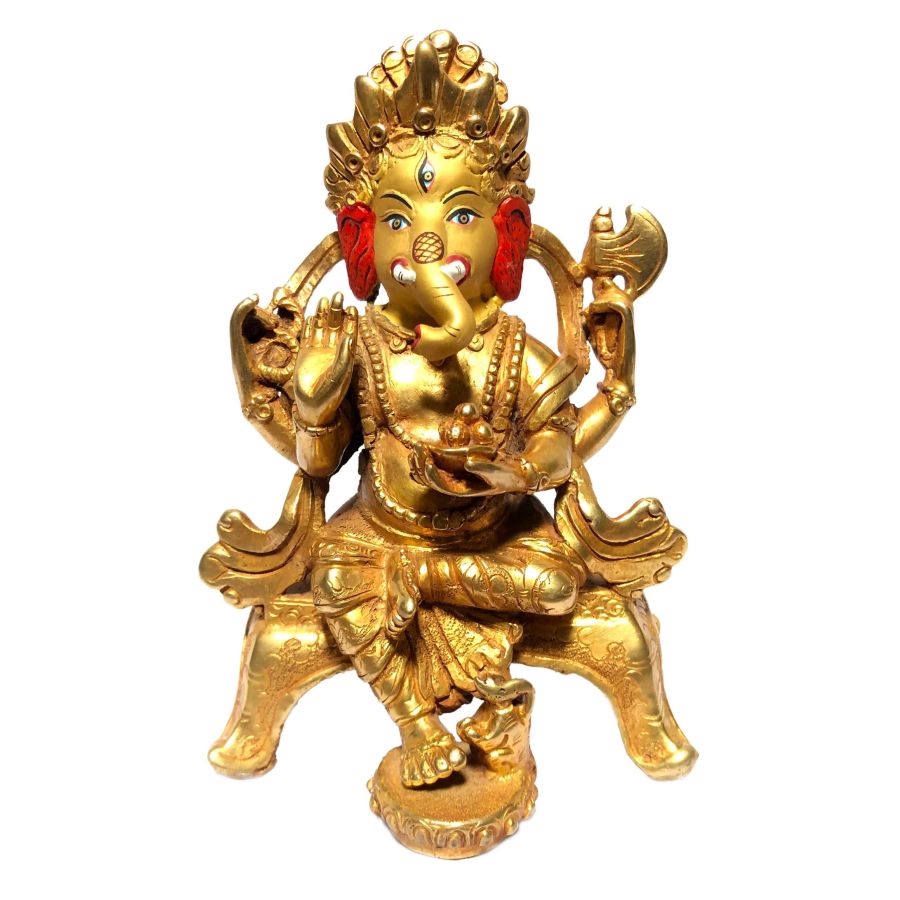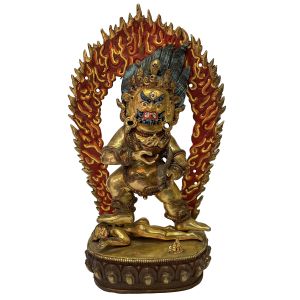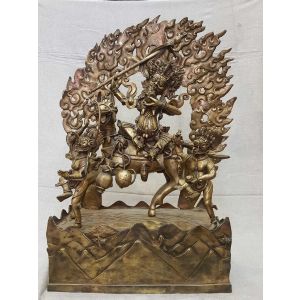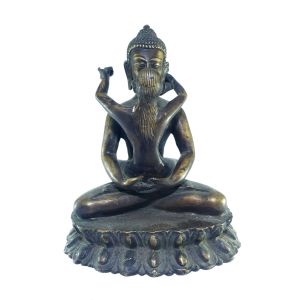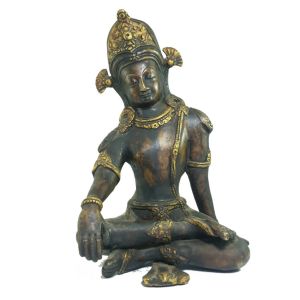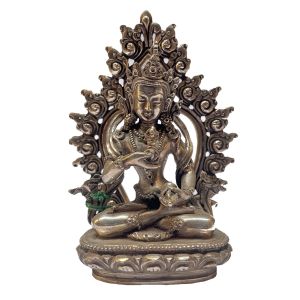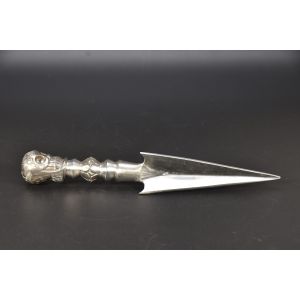Monastery Quality Statue of Ganesh , Full Gold Plated , Painted Face
| Seller | Handmade Handicraft |
|---|---|
| Product Tags | Monastery Quality Statue, Ganesh Statue, Gold Plated Statue, Painted Face Statue, Metal Craft, Idol, Sculpture, Statue |
| UK Size | 4 |
| Seller | Admin |
